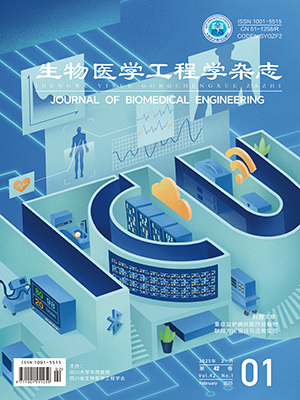This paper presents a wearable exoskeleton robot system to realize walking assist function, which oriented toward the patients or the elderly with the mild impairment of leg movement function, due to illness or natural aging. It reduces the loads of hip, knee, ankle and leg muscles during walking by way of weight support. In consideration of the characteristics of the psychological demands and the disease, unlike the weight loss system in the fixed or followed rehabilitation robot, the structure of the proposed exoskeleton robot is artistic, lightweight and portable. The exoskeleton system analyzes the user's gait real-timely by the plantar pressure sensors to divide gait phases, and present different control strategies for each gait phase. The pressure sensors in the seat of the exoskeleton system provide real-time monitoring of the support efforts. And the drive control uses proportion-integral-derivative (PID) control technology for torque control. The total weight of the robot system is about 12.5 kg. The average of the auxiliary support is about 10 kg during standing, and it is about 3 kg during walking. The system showed, in the experiments, a certain effect of weight support, and reduction of the pressure on the lower limbs to walk and stand.
Citation: XIE Zheng, WANG Mingjiang, HUANG Wulong, YONG Shanshan, WANG Xin'an. Exoskeleton robot system based on real-time gait analysis for walking assist. Journal of Biomedical Engineering, 2017, 34(2): 265-270. doi: 10.7507/1001-5515.201607075 Copy
Copyright © the editorial department of Journal of Biomedical Engineering of West China Medical Publisher. All rights reserved




